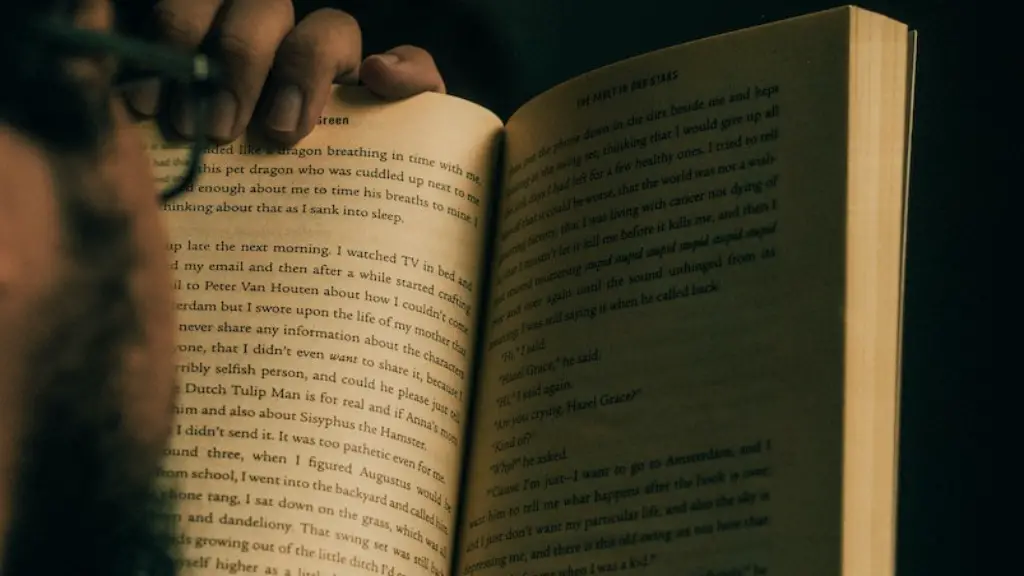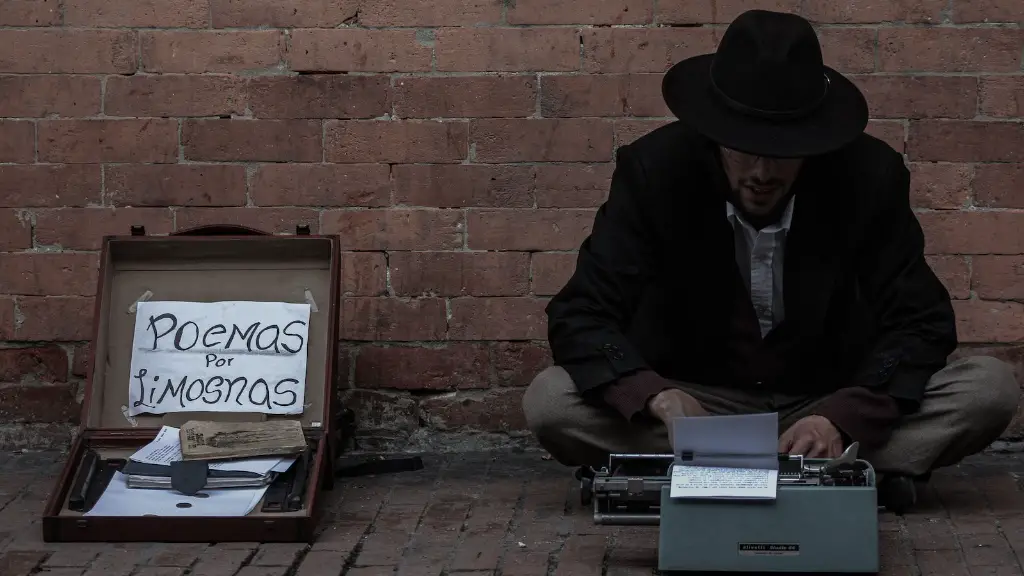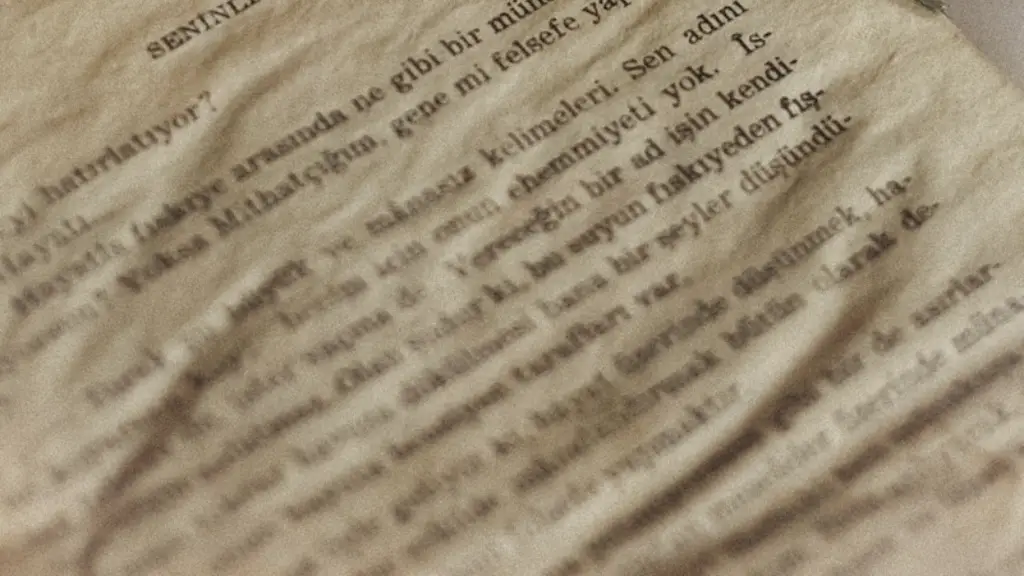Bush poetry is a genre of folklore and spoken word that originated in Australia. It has since become an enduring cultural form, and is now written and performed by poets around the world. Bush poems are typically written in a rural or outback setting, often drawn from Australian culture and history. They often contain a narrative, are often humorous, and use vivid imagery, metaphor and onomatopoeia. Bush poets are typically accompanied by a guitar or didgeridoo.
Bush poems often reflect the Australian ‘bush’ life with themes of loss, nostalgia, love, nature and the power of the outback. Many poets draw upon the stories of indigenous Australian cultures, and oral histories to explore how the past still shapes the present. The distinctive and often poetic language of the bush, as well as its laid-back approach to life and humour, is also a major influence on the style of bush poetry.
Most bush poets eschew traditional poetic forms and writing rules, instead favouring a more spontaneous and improvisational approach. They are not bound by conventions, but are free to experiment with their craft and create new styles that have a unique flavour. As such, bush poetry is often considered to be a particularly creative and expressive genre of spoken word.
Bush poetry also typically offers a unique insight into the experience of living in rural Australia. Poets often use their poems as a way to tell stories, add colour to everyday life, and celebrate the history, culture and beauty of the outback. Bush poetry can also be used to address social issues, and provide a voice for those living in rural communities.
The popularity of bush poetry among mainstream audiences has grown in recent years. Numerous poetry festivals, competitions and awards have been established to recognise its importance as a cultural form. It is also becoming increasingly popular in education, particularly primary schools and Indigenous communities, as a way to engage young people in storytelling and preserve cultural knowledge.
History
Bush poetry has a long history in Australia. Much of it is believed to date back to the 19th century and has been passed down through generations. It is believed to have originated in the rural settlements of the colonies, with poets often performing their work in concert halls and dance halls. Traditional bush poems often contain references to nature, the harshness of the land, and the struggles of the post-colonial life.
Prominent early bush poets included Henry Lawson and Banjo Paterson, whose work is iconic in Australia and has been featured in films, TV and books. However, it was not until the 1970s and 80s that bush poetry began gaining popularity in classrooms, libraries and other public settings. Bush poets like Les Murray and Bronwyn Lea helped revive the genre and it went on to become a prominent part of the Australian cultural landscape.
Although bush poetry is seen as quintessentially Australian, it has gained popularity in other countries in recent years. The American poet Walt Whitman famously wrote about the life and beauty of the American “bush”, and poets from places such as Canada, Wales and New Zealand also often draw inspiration from their local wilderness. Similarly, poets from countries such as Italy and South Africa are increasingly using bush poetry to explore their own cultures and stories.
Style
Bush poetry often uses language and rhythms that evoke a sense of place and the Australian landscape. Terms such as “outback”, “stations”, “scrub” and “gidgee” are often used, as well as traditional Aboriginal languages, to create vivid imagery. Bush poets often use changes in pace, repetition and rhyme to accentuate their narrative. They may even make use of unconventional literary devices, such as placing words and phrases in italics or bold type to indicate emphasis.
The style of bush poetry varies significantly from poet to poet. Some poets, such as Les Murray, employ a more traditional style of verse, with couplets and rhyming schemes that adhere to the iambic metre. Others, particularly those drawing on the oral tradition, use a more informal, conversational approach.
Whatever their style, bush poets often seek to create hauntingly beautiful spoken word for a live audience, and strive to capture the essence of the outback through their craft. This helps to bring the stories of rural Australia alive, as poets bring to life their experiences of the wilderness while also exploring its beauty and fragility.
Legacy
Bush poetry has left an indelible mark on Australian culture. It has been used to share the stories and culture of remote communities with the wider world, to pass on local knowledge, and to explore social issues such as racism, poverty and justice. It has been an important element of the country’s cultural heritage for more than a century, and will no doubt continue to influence both the contemporary and future worlds.
Bush poetry is important for documenting the experiences and stories of rural Australia, and serves to educate and engage both local and international audiences. By placing the outback into words, bush poets create a unique and powerful form of storytelling that has touched countless hearts and continues to move countless minds.
Influence
Bush poetry has had a major influence on the development of modern Australian literature. While the genre was largely written by rural settlers in the late 19th and early 20th centuries, it has since become far more inclusive, with poets exploring a wider range of topics and themes, including Indigenous history and the environment.
The influence of bush poetry has also been felt in other forms of writing, including popular music and visual arts. Many renowned singer-songwriters, such as Paul Kelly, Slim Dusty and Paul Hogan, have been influenced by the style and subject matter of bush poems, while painters and filmmakers have drawn upon the themes and imagery of the genre to create works of art.
Moreover, bush poetry has been a source of inspiration for many contemporary poets. Writers such as Bruce Pascoe, Adam Windschuttle and John Kinsella have all been influenced by the genre, combining bush imagery with contemporary topics such as climate change and multiculturalism. This demonstrates the enduring relevance of bush poetry and its ability to continue to inspire new generations of writers and artists.
Performance
Bush poetry is traditionally performed live, and has traditionally been heard in rural communities during social gatherings. Performance has always been an important element of bush poetry, and live performance is seen as the most authentic way of exhibiting the genre. Often a poet will be accompanied by a didgeridoo player or an acoustic guitar, to further emphasise the connection to the local community and environment.
Today, bush poets often take their performances to a wider audience by way of festivals, competitions and online platforms. Technology has allowed bush poetry to reach a much wider audience, with poets from different parts of the world able to share their work with listeners from all walks of life.
For those interested in listening or exploring bush poetry, there are countless websites, podcasts and YouTube channels dedicated to the genre. These are great ways to get started in understanding and appreciating this fascinating form of spoken word.
Education
Bush poetry is increasingly being used as an educational tool in primary schools and Indigenous communities. As well as providing an outlet for creative expression, using bush poetry in the classroom can help students understand the history and culture of the Australian bush and preserve cultural knowledge.
Educators are using bush poetry to explore topics such as sustainability, immigration and democracy, connecting these issues to Australian identity, history and culture. Learning how to compose and perform bush poetry also helps to develop important skills such as teamwork, problem solving and public speaking. This type of learning provides students with an opportunity to connect the past to the present and gain a greater appreciation of their own culture.
Bush poetry has had a significant impact on Australian culture, and its influence is only growing. Its ability to tell stories and evoke strong emotions makes it an incredibly powerful art form, and one that is uniquely suited to exploring the beauty and fragility of the outback. We are sure to see more exciting work being produced in the vibrant bush poetry scene in the years to come.





